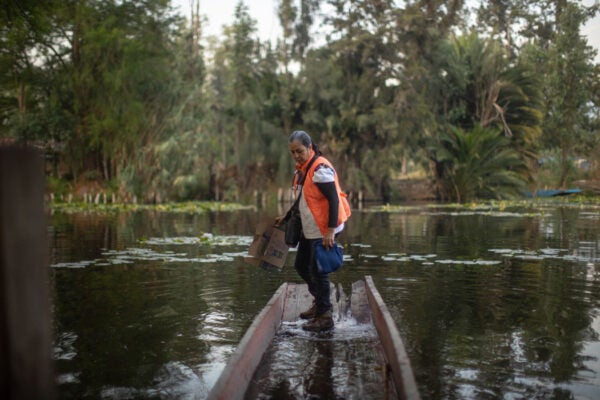What does it mean for skin to be clean? (The New Yorker)
by Brooke Jarvis
All those cleansing, exfoliating, and moisturizing products can make skin care complicated. But not anywhere near as complicated as the herds of microbes and tiny creatures that live in the ecosystem that is our skin.
Mysterious ancient life of the deep sea (Wired)
by Matt Simon
Deep in the ocean lie desolate stretches of sea floor carpeted in volcanic dust and space debris. Now, scientists have dug deep into that sediment, found 100-million-year-old microbes, and brought them back to life in a lab.
Why “mom shame” is so strong (The Lily)
by Caroline Kitchener
If you’re a mom struggling with choices around school reopening, sociologists have news that may or may not help: Thanks to the social obligations placed on mothers, you’ll probably feel like a failure no matter what you do.
The deep-cleaning scam (The Atlantic)
by Derek Thompson
In the face of COVID-19, businesses and schools are promising deep cleaning and equipment sanitization. But growing evidence suggests that the virus rarely spreads via surfaces. How can we make sure we’re not wasting time and money giving ourselves a false sense of security?
How anglerfish make their weird marriages work (The New York Times)
By Katherine J. Wu
When anglerfish mate, the males fuse with the females, physically merging their blood and tissue. That’s not just weird. It’s a biological challenge that the fish had to overcome by taming their immune systems.
Got a hot tip about a well-researched story that belongs on this list? Email us here.






